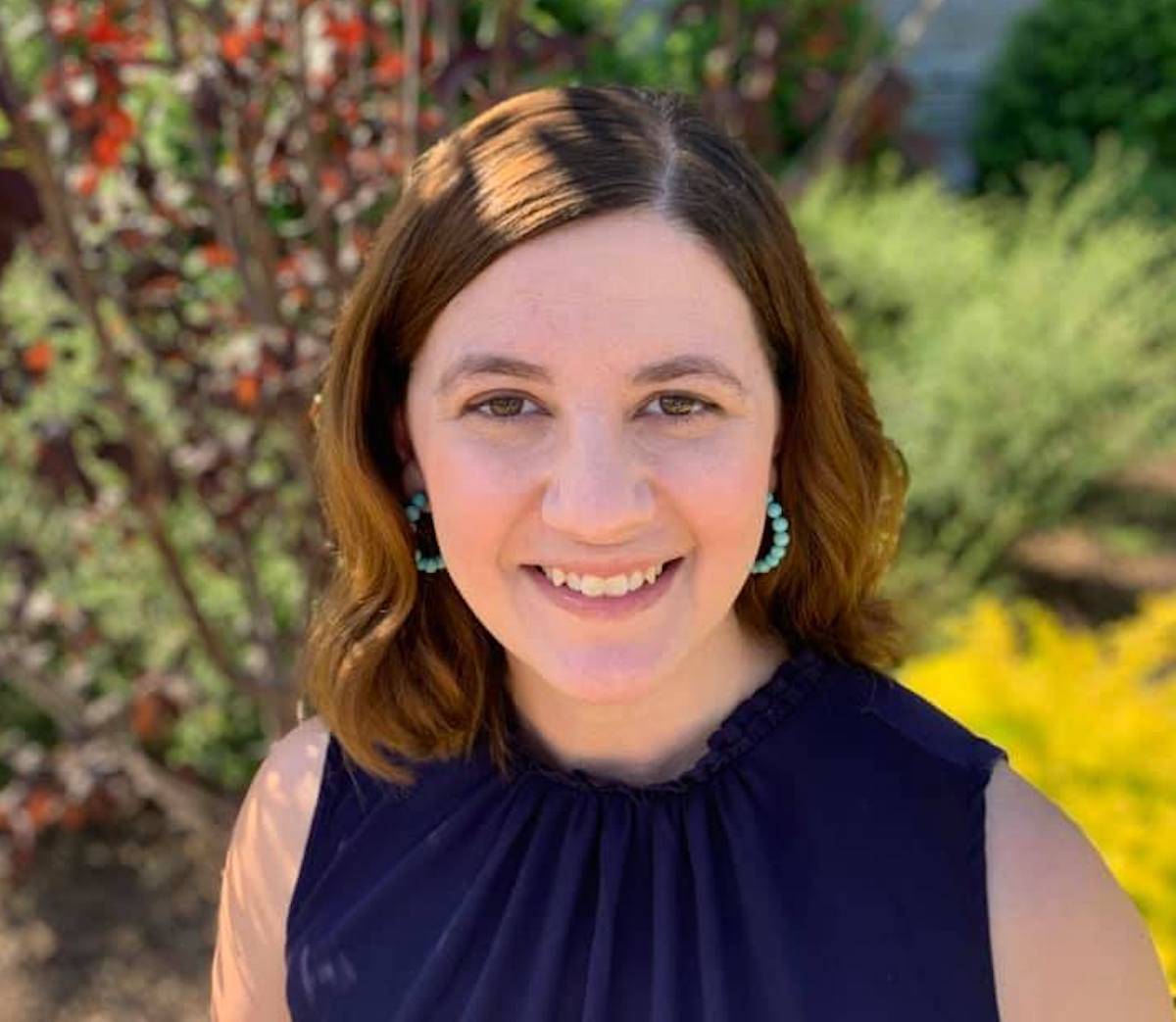Lindsey Harvell-Bowman and Eric Wilson consider themselves aviation geeks. They tease each other about favorite airlines and digest every bit of airplane news and research.
It is fitting their friendship began as graduate students at Wichita State University, in the Air Capital of the World. Their collaboration continues in Harvell-Bowman’s “The Psychology and Communication Behind Flight Anxiety: Afraid to Fly,” a book that examines the intersection of journalism, communication, and psychology in affecting the flying public.
“I wrote this in a way that would appeal to academics and also the public,” Harvell-Bowman said. “This is really helpful for journalists to read, and I think it’s helpful for the flying public to read.”
Harvell-Bowman, associate professor in the School of Communication Studies at James Madison University, authored the book. She earned her master’s in communication studies in 2007 at Wichita State. Wilson, an instructor in Wichita State’s Elliott School of Communication, wrote the forward. Jerry Siebenmark, senior editor of Aviation International News and a graduate of the Elliott School, wrote a review.
Harvell-Bowman’s father piloted hot air balloons and took her to air shows as a youngster. Wilson worked as a public relations intern at Southwest Airlines. They shared an office as graduate teaching assistants at WSU to start a friendship that is rarely far from a discussion about aviation.
“We bonded over that,” Wilson said. “We go back and forth: She’s a big United (Airlines) fan, and I’m a Southwest guy.”
It was a natural for Wilson to write the forward for the book, which appeals to both teachers due to its interdisciplinary nature.
“What interested me the most is that looks at media coverage of some of these big, recent disasters,” Wilson said. “People seem to be really, really passionate about the airline industry. It’s kind of that shared experience. There are nervous flyers, and maybe it will help some of those.”
Fear of flying can be fed or comforted by journalism and communication. Harvell-Bowman looks at research into death anxiety, stories of plane crash survivors and media coverage to conclude with recommendations for the media and the flying public.
The idea for the book started with her work as director of James Madison’s Terror Management Lab, where her research connects communication and psychology to examine how people manage the fear of death.
“I started thinking about flight anxiety and how debilitating it is for people, and I started thinking about the parallels it could have with death anxiety and the fear that people have of death,” she said. “We collected some data at Las Vegas McCarran International (Airport), and that really set the tone for this book.”
One chapter focuses on the links between flight anxiety and its potential to influence passengers to behave disruptively on flights. Another chapter examines CNN’s coverage of MH370, the Malaysian Airlines flight that vanished in 2014.
“This book really is about flight anxiety, how we can manage it as a flying public, but also how airports can help manage it, how journalists can help manage it and how we can all work together for the better mental health of our flying public,” she said.
Harvell-Bowman cautions journalists to avoid speculation and credits the use of psychologists as a helpful part of media coverage. Airports can help anxious flyers by minimizing crowds and designing open, comfortable spaces with fresh air and natural light. She lists Singapore’s Changi Airport and Louis Armstrong International Airport as places where travelers can find relief from crowds, noise and stress. Travelers can reduce anxiety by listening to music or podcasts and reading to take their mind off the flight.
“On the journalist side, the one thing we talk about is just not speculating,” she said. “When a plane crash happens, there is just a ton of speculation at the beginning, and it really causes quite a bit of anxiety. How do we process this? How do we go get on a plane the next day?”


 Courtesy photo
Courtesy photo